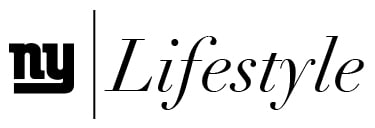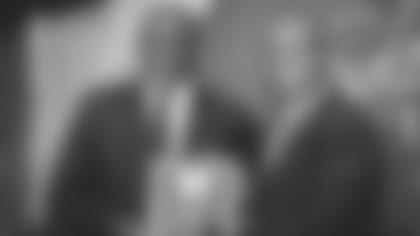A 40-yard strip of turf steals the show every year at the NFL Scouting Combine, but the real dash takes place in the bowels of Lucas Oil Stadium.
That's where medical staffs from all 32 clubs conduct thorough evaluations of more than 300 prospects they have never examined before.
"Obviously in this sport, there are a lot of injuries and a lot of injury history, so it's an important part of what we do," said Dr. Scott Rodeo, the Giants' head team physician and sports medicine surgeon at Hospital for Special Surgery. "[We're] trying to carefully evaluate their injuries, their histories, we can do imaging studies, so it's a big part of what we do here."
First held in 1982 in Tampa, Fla., the combine's original purpose was for teams to ascertain medical histories of the top draft-eligible players coming out of college. As the NFL grew, so did the combine. But at its core, the most important part has not changed.
"Really, this was born out of the idea of [being] convenient for the teams and convenient for the athletes to come get one-stop shopping, if you will," said Dr. James Kinderknecht, associate team physician and primary care sports medicine physician at Hospital for Special Surgery. "and get everything evaluated at the same time. So I think really this was born out of the fact that this was for the medical side and made it easier than people going through so many exams."
That's why entire organizations, from coaches to scouts to doctors, pack up and relocate to Indianapolis for one week out of every year.
"Our job is to carry out a comprehensive examination, so there is a basic physical examination, but then we do X-rays, we'll do MRI scans, CT scans if there's a history of injuries," Dr. Rodeo said. "And then on the performance side, there's a whole evaluation. They run 40-yard dashes, they do position-specific drills, lifting, so it's really a comprehensive battery of tests, not just to understand their injury history and their physical exam, but any predictors of further injury."
In order to do so, the doctors also need the instruments for what are essentially pre-employment physicals.
On the premises, they have access to labs, making it a very efficient way to get a lot of information. In the end, it's good for the doctors, and it's also good for the athletes.
"They have different stations and they get evaluated different ways at different stations," Dr. Kinderknecht said, "but it tends to be efficient."
Once the players are examined, the information is communicated to the personnel department. Dr. Rodeo and his team gather all the test results and imaging studies for a report that they will then hand over to general manager Dave Gettleman and his team before the draft begins on April 26.
"First of all, you want to be right," Dr. Kinderknecht said. "Accuracy is incredibly important because the organization needs good information to make decisions in terms of, really, future employees."
Want more Giants LifeStyle? Click here
















